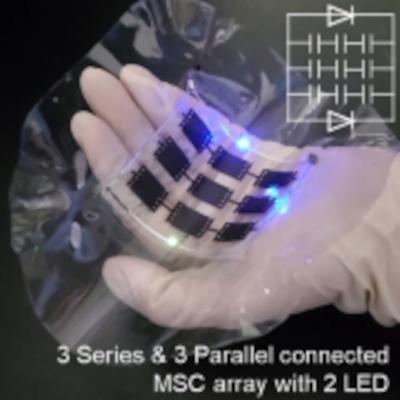Researchers detect current whirlpools in graphene at room temperature
Researchers from ETH Zurich in Switzerland and National Institute for Materials Science in Japan have used a nanoscale scanning magnetometer to image a distinctive hydrodynamic transport pattern—stationary current vortices—in a monolayer graphene device at room temperature.
By measuring devices with increasing characteristic size, the team observed the disappearance of the current vortex and thus verified a prediction of the hydrodynamic model. they further observed that vortex flow is present for both hole- and electron-dominated transport regimes but disappears in the ambipolar regime.

